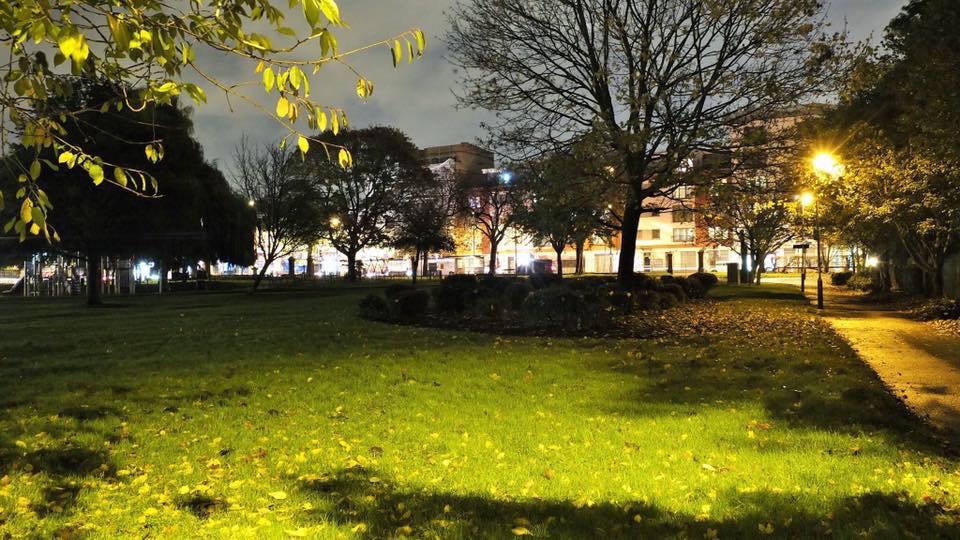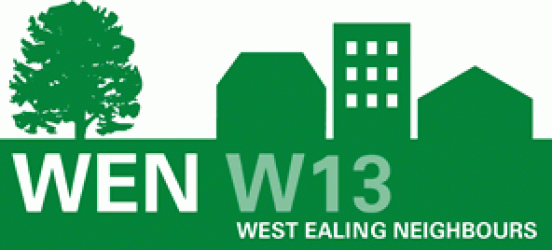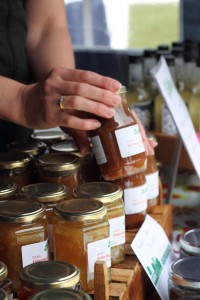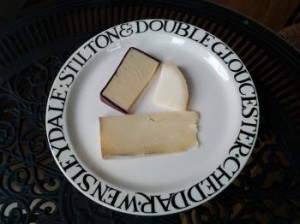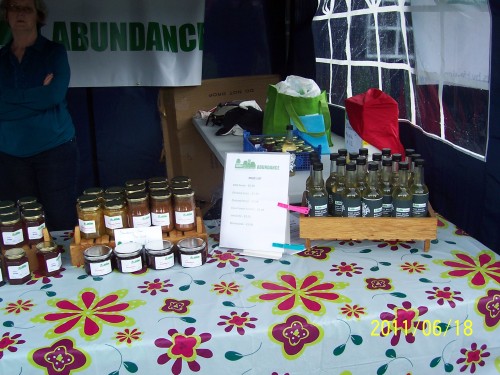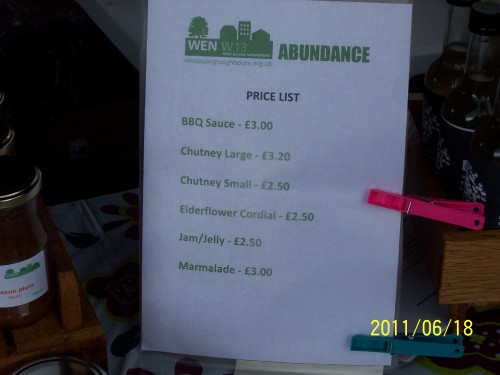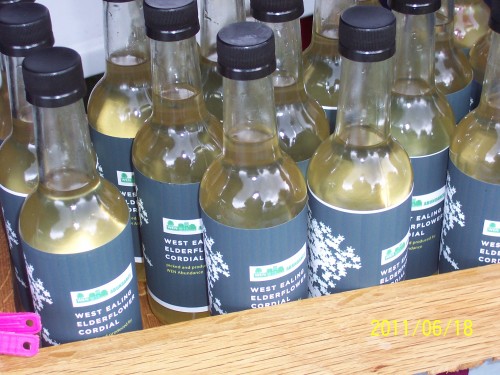The London Orchard Project is looking for someone to design and make a new pedal-powered apple crusher for easy juicing of urban apples.
This is an exciting opportunity to create a really useful product that does not currently exist. The crusher will be used by us and community groups across London harvesting and juicing local fruit. It’s a great opportunity to be part of the future of local fruit production and processing in our wonderful city.
Background
Apple juicing is a 2-stage process. First the apples need to be crushed to a pulp, then they are pressed to get the juice.
Small scale community apple juice producers using hand-operated crushers know through bitter experience that the crushing stage is slow, dull and blister-inducing. There are electric crushers available, but these are too expensive for small voluntary groups, require a power source (not always available at outdoor events) and conflict with the low carbon/ off the grid ethos of small-scale community food production.
The Vigo website shows the crushers currently available on the market with some useful videos of how these work:
http://www.vigopresses.co.uk/store/index.php?cPath=63_77
The brief
They are looking for an intermediate technology apple crusher: faster and easier to use than existing hand-operated crushers, but without need for electricity.
The ideal crusher would be:
- Pedal powered
- Transportable- ideally readily attachable to a bike
- Safe to use- has a mechanism that ensure apples only get crushed (no fingers in our juice!)
- Quick – a small electric crusher by comparison can crush up to 1,000kg of apples per hour (but it doesn’t need to achieve aquite these volumes!)
- Effective – reducing the apples to a fine pulp for optimum juice pressing
- Very sturdy- it will be used by many groups across London
- Using reclaimed materials where possible
- Easy to repair
- Looks cool! (the most discerning teenager will be keen to give it a go)
- Replicable
Ideally (but not necessarily), you’d be up for sharing the design with other groups who may want to make their own.
Prize and Budget
They have a £200 prize for the person who makes us the crusher. And you’ll get the satisfaction of knowing your creation is being put to good use and enjoyed by 1000s of Londoners. And they will make sure to spread the word about the brains behind the crusher.
In addition, they anticipate the budget for materials to be in the region of £200-£400 (but are still very keen to see cheaper or more expensive designs)
To take up the challenge…
If you are interested or have any questions, please contact orchard@thelondonorchardproject.org outlining:
- Your initial design
- Relevant experience in designing, making or working with similar machines
- Budget breakdown for the work
Closing dates for entries is 20th July. The winner will be announced on 25th July.
They would like the crusher on 31st August at the latest, ready for the harvesting season
More about The London Orchard Project at www.thelondonorchardproject.org
